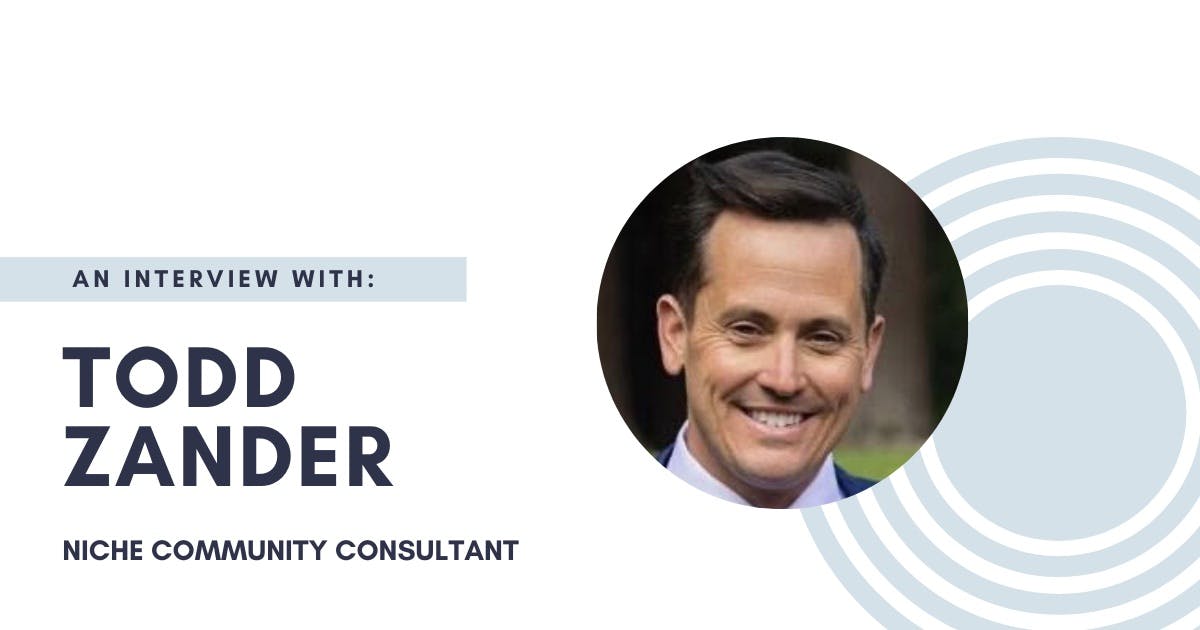What does the motorcycle maker Harley-Davidson and the bicycle clothes manufacturer Rapha have in common? It’s not that both brands make products involving two wheels. The commonality is that both companies cultivate strong communities through a combination of in-person events, community-member perks, and apps that foster authentic connections among like-minded enthusiasts.
Why are communities so important to a brand’s bottom line? Research shows that when people feel more connected to a brand, they exhibit increased brand trust, loyalty, and evangelism. Plus, brands that build communities and the platforms their users connect with have a better understanding of their customer’s core demographics and new product essentials.
But building a community isn’t as easy as inviting customers to follow your brand on Instagram. Rather, a true community facilitates users to dynamically connect around a niche topic via a digital platform specifically tailored to their unique use case.
To learn about the ins and outs of building a niche community for maximum impact, we tapped the expertise of former Healthline VP Todd Zander, now a niche community consultant, to understand why communities matter, how brands can encourage customer engagement and a sense of belonging, and must-have functionality for online community platforms, like in-app messaging.
Stream: Why are more companies interested in building communities than ever before?
Todd Zander: On a high level, companies want to develop relationships with their audiences. In order to create relationships with audiences online, companies tend to move toward an app experience because more engaged users use apps over the web.
Communities are vital to a successful app because they act as the glue that brings users back repeatedly. Communities are how app users learn about new topics and feel more connected to brands.
Many startups launch community initiatives on large social media platforms such as Facebook. What’s your take on this approach?
Yes, many community builders launch communities on something like Facebook Groups, Discord, or Twitch, which can be helpful for startups to prove market validation to investors.
But the issue here is when using big social platforms, you don’t really own the relationship with your community members. The big social media platform owns it. You don’t own your community data, and you can only communicate with them on someone else’s platform, making it difficult to effectively monetize or advertise to your audience down the road. Plus, you’re limited in the features and functionality you can offer your budding community.
If they have the funds, I recommend that companies should invest in their own community app/platform to set themselves up for future success.
What kind of tech architecture is required for niche community platforms?
I do feel like there is a formula to building an ideal community platform. When we were building Healthline’s app to connect people with similar medical conditions, we got headaches thinking about how to build it ourselves. Luckily, we didn’t have to build necessary features such as in-app chat and activity feeds from scratch because we used API solutions. This sped up development by a good six months and saved us from the hassle of constant maintenance down the road.
Niche community builders should focus on creating what makes their platform and community unique — such as content, connections, and value proposition — and leave the essential features every community app requires, such as feeds, chat, analytics, location filters, search, and push notifications to best-in-class tech providers.
In what ways does custom content help power strong communities?
The hook for most communities is for users to meet like-minded people who share similar interests or challenges. Content affords niche community builders the opportunity to be a credible source of information, and provide more value to the community by hosting articles in one central location.
Content is also fodder for community engagement — especially if a platform allows its users to like, send emojis, repost, and comment on content posts such as blogs, polls, images, videos, research reports, and more.
What is the biggest challenge facing niche community builders today?
I think the biggest challenge is the concept of ‘If you build it, they will come.’ People aren’t all of a sudden going to show up on your platform without significant marketing. Plus, regardless of how great your platform is, a community is only as good as the people that are in your community.
It’s a good idea to seed your community during a beta launch so by the time your platform is open to the public, there is already a good deal of engagement occurring. Consider partnering with influencers within your category so they can refer their followers to your platform (referrals spark much more adoption than online ads). Encourage your influencer partners to blog about your platform, post about it on Instagram, or host a live stream Q&A to generate community interest.
After your platform has officially launched, consider establishing an ambassador program that recruits the most highly engaged, empathetic members of your group to serve as community guides to new users — paying your ambassadors will ensure they take their role as a leader seriously.
See how Stream’s chat and activity feed APIs can transform your community platform today! Sign up for a free, 28-day Chat Trial.

